When I first started working on the Victorianna — four years ago! — I bought a pack of Grandt Line windows planning to use one in the kitchen.

It wasn’t as deep as the plywood wall + siding. I always figured I could do something with strip wood to make up the extra space.

Well, when it came time to finish the window I spent an afternoon messing around with strip wood, and I couldn’t come up with anything that would play nicely with the window *and* the backsplash. It didn’t help that the window is deep inside the room and I can’t see it straight on. I was starting to get frustrated (and a sore neck!) trying to figure out something that would work.

Houseworks windows are slightly deeper than the plywood wall + siding, but don’t come in this size. (The closest is this square window but it was slightly too small.) I previously cut a Houseworks window in half to make a piano window for the dining room, and decided to do the same thing in the kitchen.

I don’t remember exactly how I did this before (hey, it was four years ago!), but I know I used the miter box to cut the window down. I tried that this time and totally mangled a window. Then I remembered a trick I’ve heard about putting the window in the microwave to soften the glue. I put a window on a plate and nuked it for 10 seconds. When I took it out, it fell apart in my hands. For once that was a good thing!

With the pieces separated, it was easy to cut down the sides to the correct height and then put the window back together.

I applied glue and set the window in the hole to hold it square while it dried.

This protrudes about 1/16″ into the room, the same depth of the backsplash board.




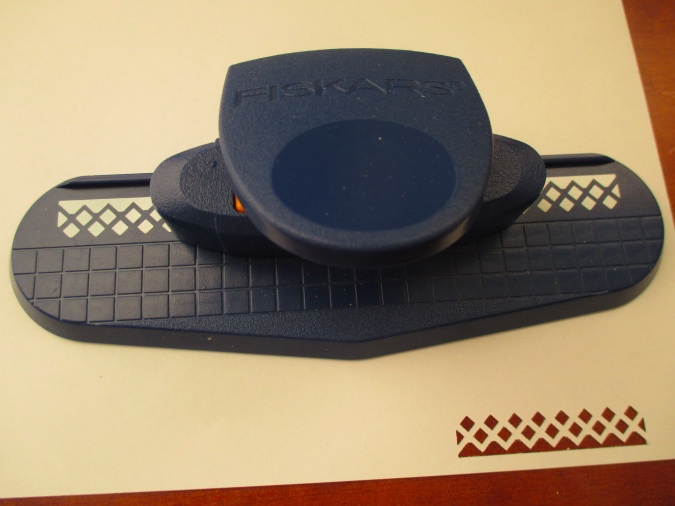

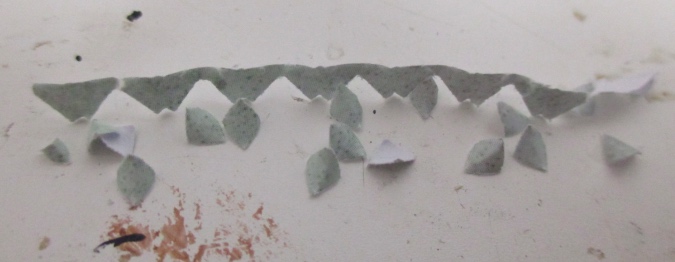
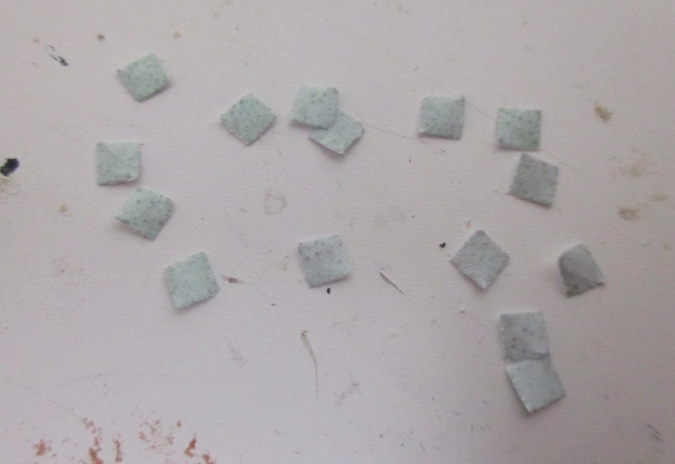
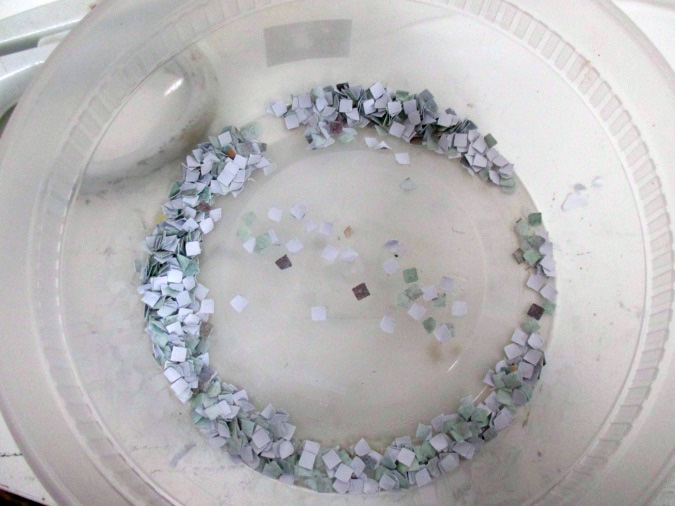
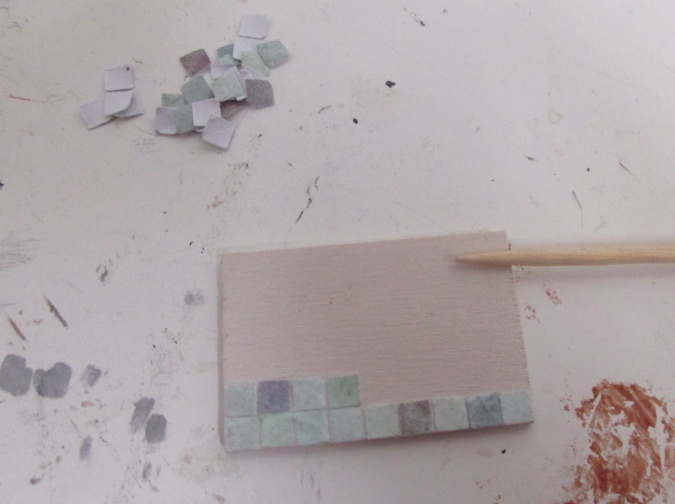
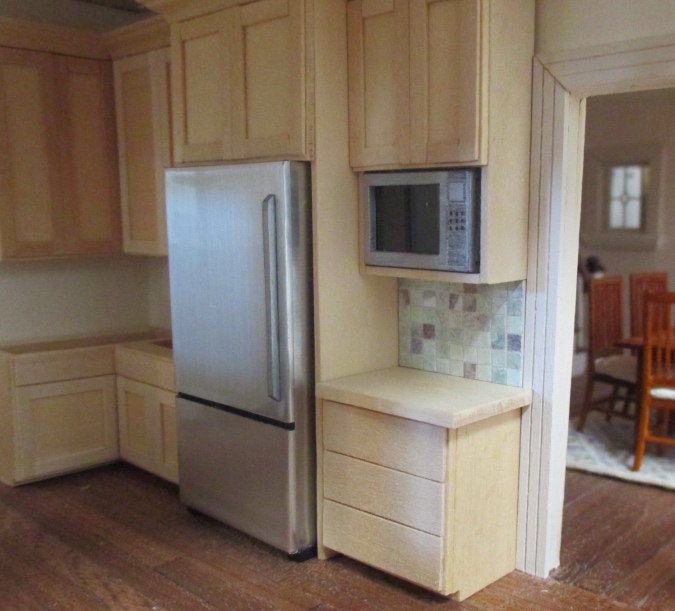
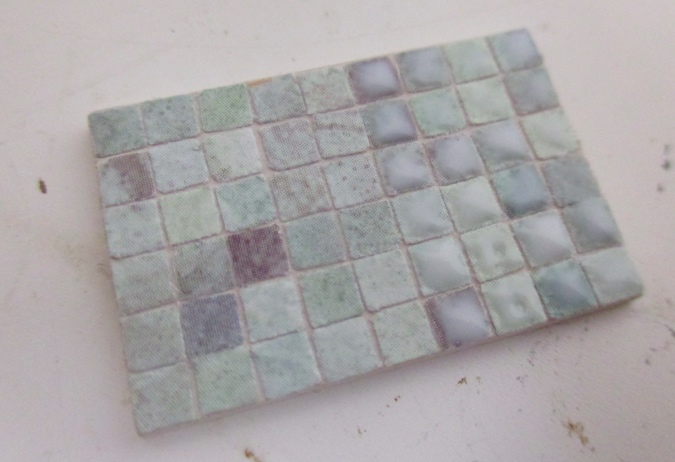
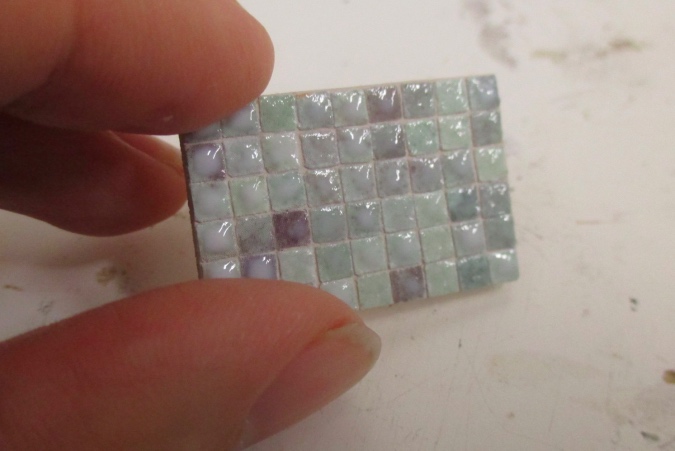
 Emily is a freelance writer, miniaturist, and adventure game enthusiast.
Emily is a freelance writer, miniaturist, and adventure game enthusiast.

